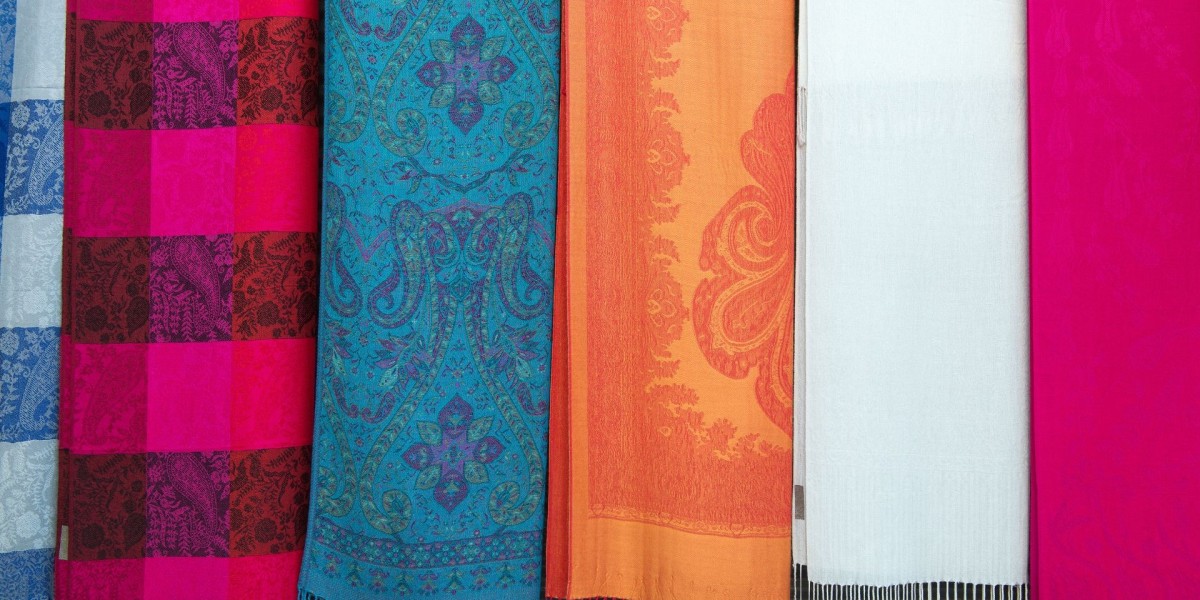Introduction
Pashmina shawls, the epitome of luxury and elegance, have captivated fashion enthusiasts for centuries. In this comprehensive guide, we delve deep into the world of Pashmina shawls, unraveling their history, craftsmanship, and how to care for these exquisite pieces of fashion.
A Brief History of Pashmina
Pashmina shawls have a rich and illustrious history that dates back to ancient times. Originating from the high-altitude regions of the Himalayas, Pashmina wool is derived from the fleece of Himalayan goats, specifically the Changthangi breed. These goats have adapted to the harsh climate, developing an incredibly soft and warm fleece that forms the basis of Pashmina fabric.
The Art of Pashmina Shawl Making
Crafting a Pashmina shawl is a labor-intensive process that requires skill, precision, and a deep appreciation for the art. It starts with the collection of Pashmina wool, which is painstakingly gathered during the spring molting season. The wool is then meticulously hand-spun by skilled artisans into fine threads, ensuring its softness and durability.
The dyeing of Pashmina is another art in itself, with natural, eco-friendly dyes often used to maintain the shawl's purity and elegance. Each shawl is handwoven on traditional wooden looms, with the process demanding weeks of dedicated work. The result is a shawl of unmatched quality, known for its exceptional warmth and lightness.
Pashmina Shawls: A Versatile Accessory
Pashmina shawls are renowned for their versatility and can be styled in various ways. Whether you're attending a formal event or looking to add a touch of sophistication to your daily attire, a Pashmina shawl can be the perfect accessory.
Formal Occasions: Draped elegantly over your shoulders, a Pashmina shawl complements evening gowns and cocktail dresses, adding an aura of refinement to your ensemble.
Casual Chic: For a more casual look, simply wrap your Pashmina around your neck, adding an element of warmth and style to your everyday outfits.
Travel Companion: When traveling, a Pashmina shawl serves as an ideal travel companion. It can keep you warm during flights, double up as a blanket, or even act as a stylish sarong on the beach.
Caring for Your Pashmina Shawl
To ensure your Pashmina shawl remains in impeccable condition, it's essential to follow proper care guidelines:
Cleaning: Hand wash your Pashmina with mild detergent in cold water. Avoid using harsh chemicals or machines that can damage the delicate fabric.
Drying: Gently squeeze out excess water and lay your shawl flat on a clean, dry towel. Never hang it to dry, as this can stretch the fabric.
Storage: Store your Pashmina shawl in a cool, dry place, away from direct sunlight. To prevent moth damage, use mothballs or cedar blocks.
The Pashmina Shawl - A Timeless Investment
Investing in a Pashmina shawl is not only a choice of fashion but also a choice of heritage and tradition. These exquisite pieces are timeless and, if cared for properly, can be passed down through generations, retaining their elegance and beauty.
In conclusion, a Pashmina shawl is a symbol of sophistication and luxury, rooted in centuries of tradition. By understanding its history, craftsmanship, and how to care for it, you can fully appreciate the value of this timeless accessory.



